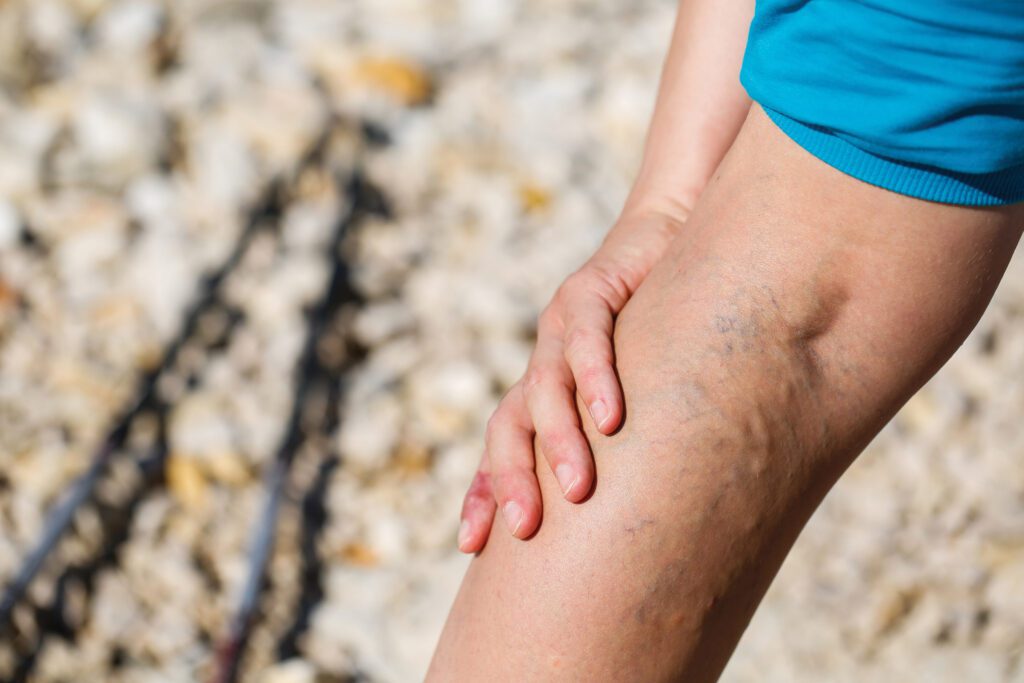Many Americans age 65 and older suffer from arterial occlusive disease, which can lead to critical limb ischemia if left untreated.
Understanding Arterial Occlusive Disease
As we age, our arteries tend to accumulate calcium deposits and fatty substances referred to as plaque. Over time, buildup can lead to a narrowing of the arteries, known as atherosclerosis. This, in turn, can limit adequate blood flow to the muscles and tissues surrounding an area and result in poor circulation. When arteries harden and proper flow to the limbs is prevented, it is known as arterial occlusive disease.


This is also called peripheral artery disease (PAD), which can present as intermittent pain in the limbs, most commonly in the legs. Unfortunately, while serious enough on its own, PAD can also put you at risk for other serious consequences, like heart attacks or strokes.
Understanding Critical Limb Ischemia
When arterial occlusive disease becomes severe, critical limb ischemia (CLI) is often experienced. With CLI, blood flow to the extremities is not adequate to keep the skin, muscles, and tissue alive. The most obvious symptoms of CLI include pain in the legs while walking or at rest, slow-healing wounds in the effected extremity, ulcers on the feet and legs, and even gangrene.
CLI requires immediate treatment to re-establish blood flow to the skin, muscles, and tissues of the extremity, or amputation may become necessary. Medications that reduce the effects of contributing factors like high blood pressure, high cholesterol, and diabetes are often used, as are surgical options. With surgery, a vascular surgeon can perform a bypass to establish a new route for blood flow to and from healthy arteries. Another less invasive option is atherectomy. For this procedure, the surgeon operates from within the diseased arteries to directly remove blockages.
Why Are Older Adults at Higher Risk?
Due to various risk factors often associated with aging, seniors are more susceptible to arterial occlusive disease and critical limb ischemia. These risk factors include:
- High Blood Pressure
- Diabetes
- High Cholesterol
- Sedentary Lifestyle
- A Family History of Arterial Occlusive Disease
- Smoking
Preventative Measures
The simplest way to avoid arterial occlusive disease and critical limb ischemia is to stay physically active. For instance, 20 minutes of walking a day can activate the muscles in your back, abdomen, and upper and lower extremities and improve blood flow in your arteries. Anytime you experience pain, numbness, or decreased function in the extremities, it’s time to consult a physician.


